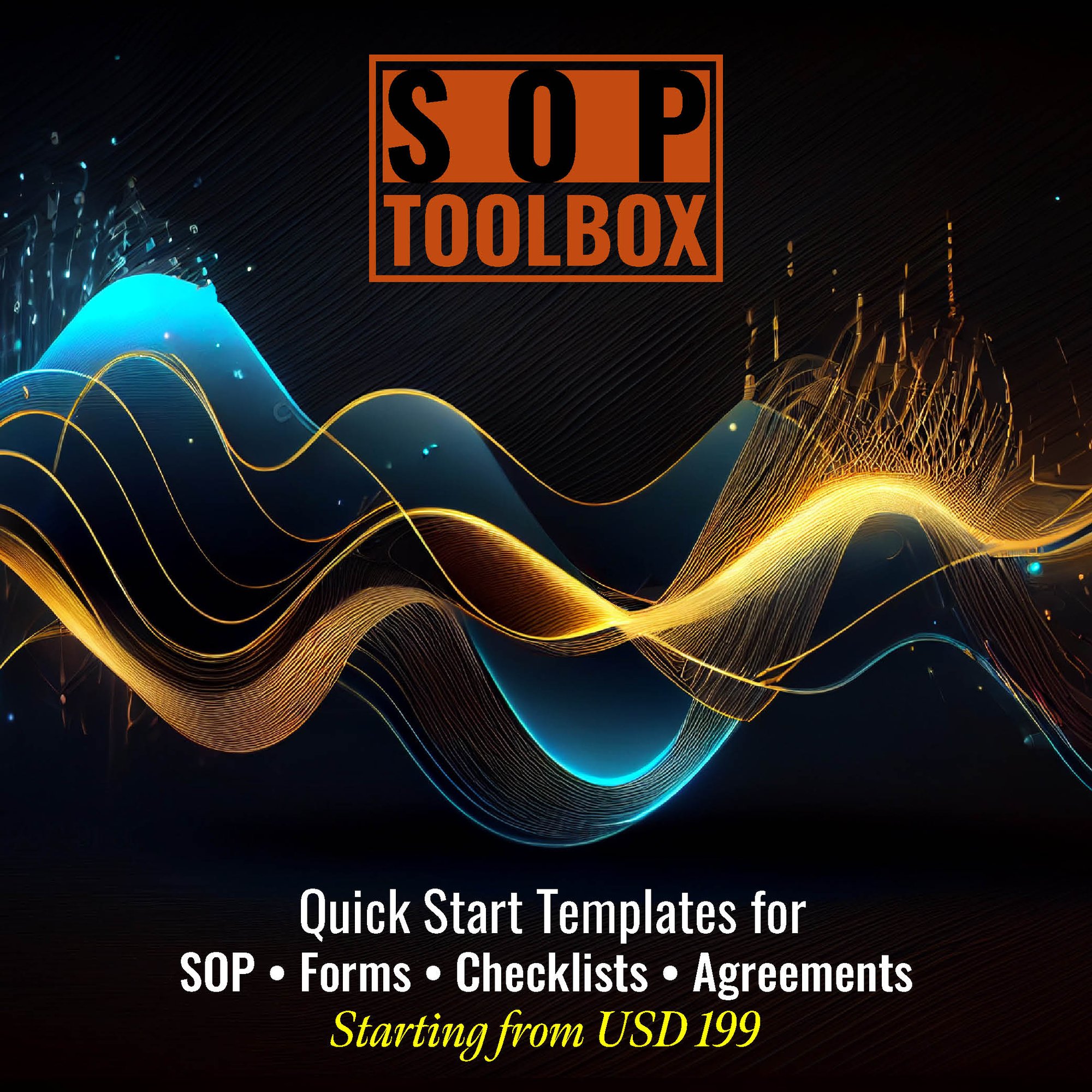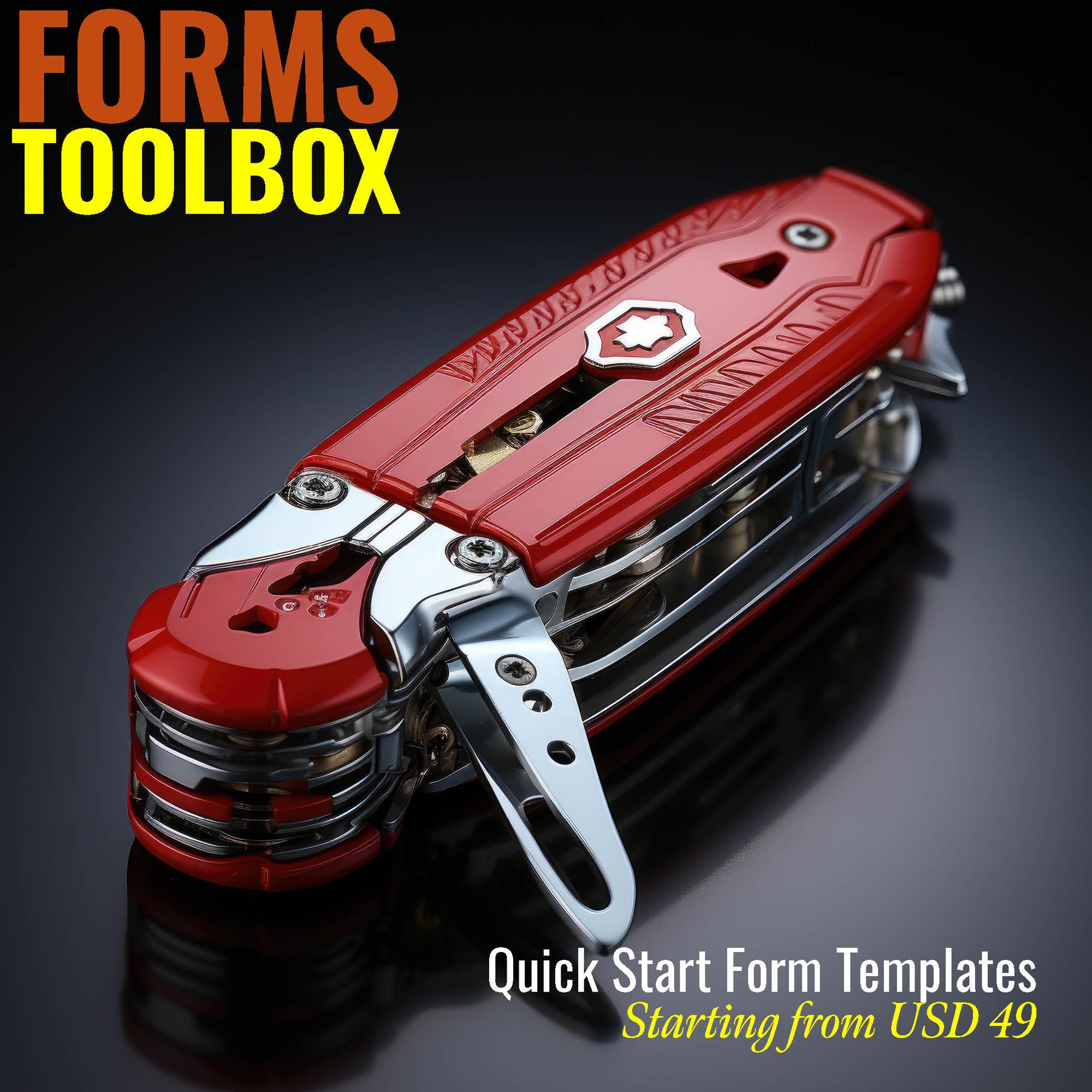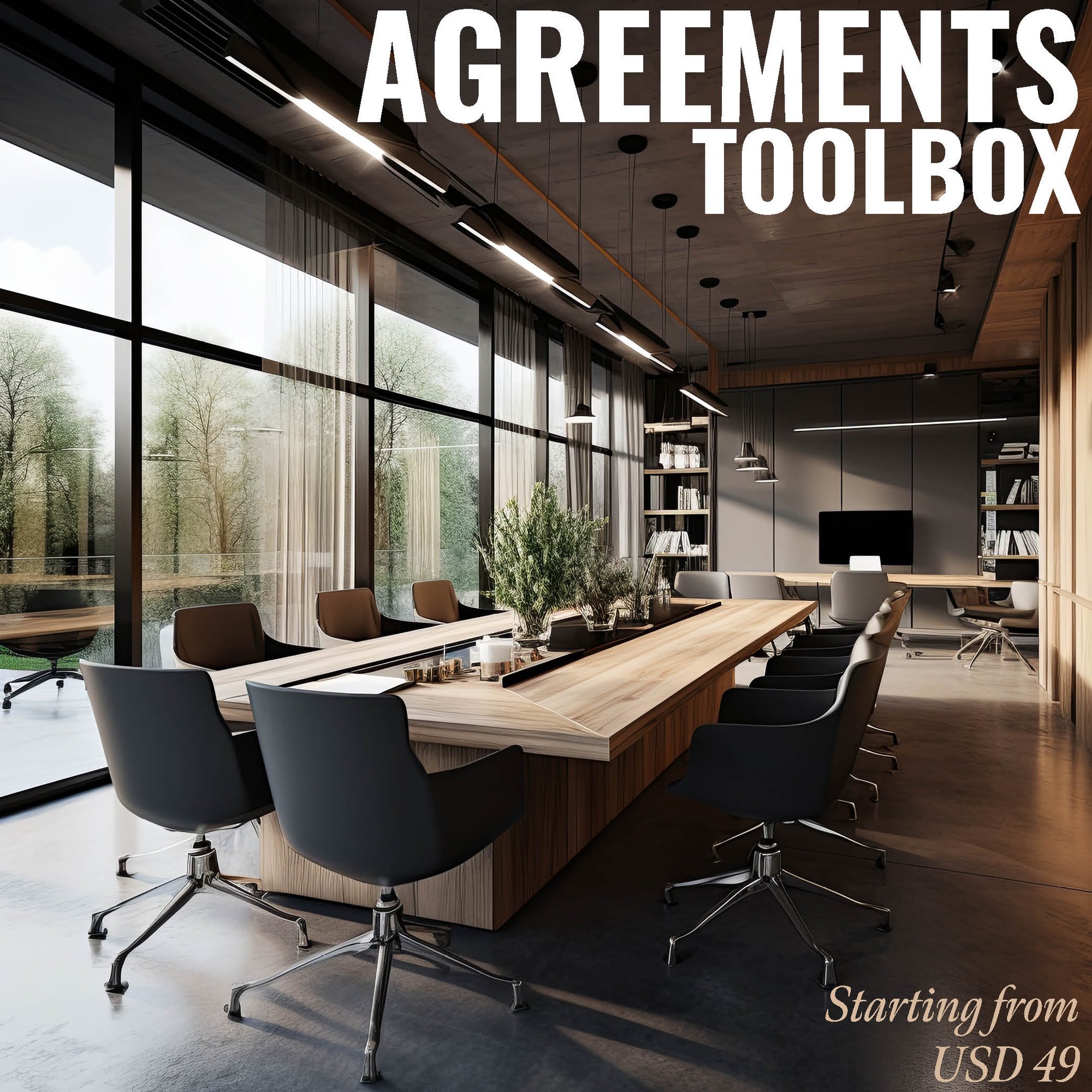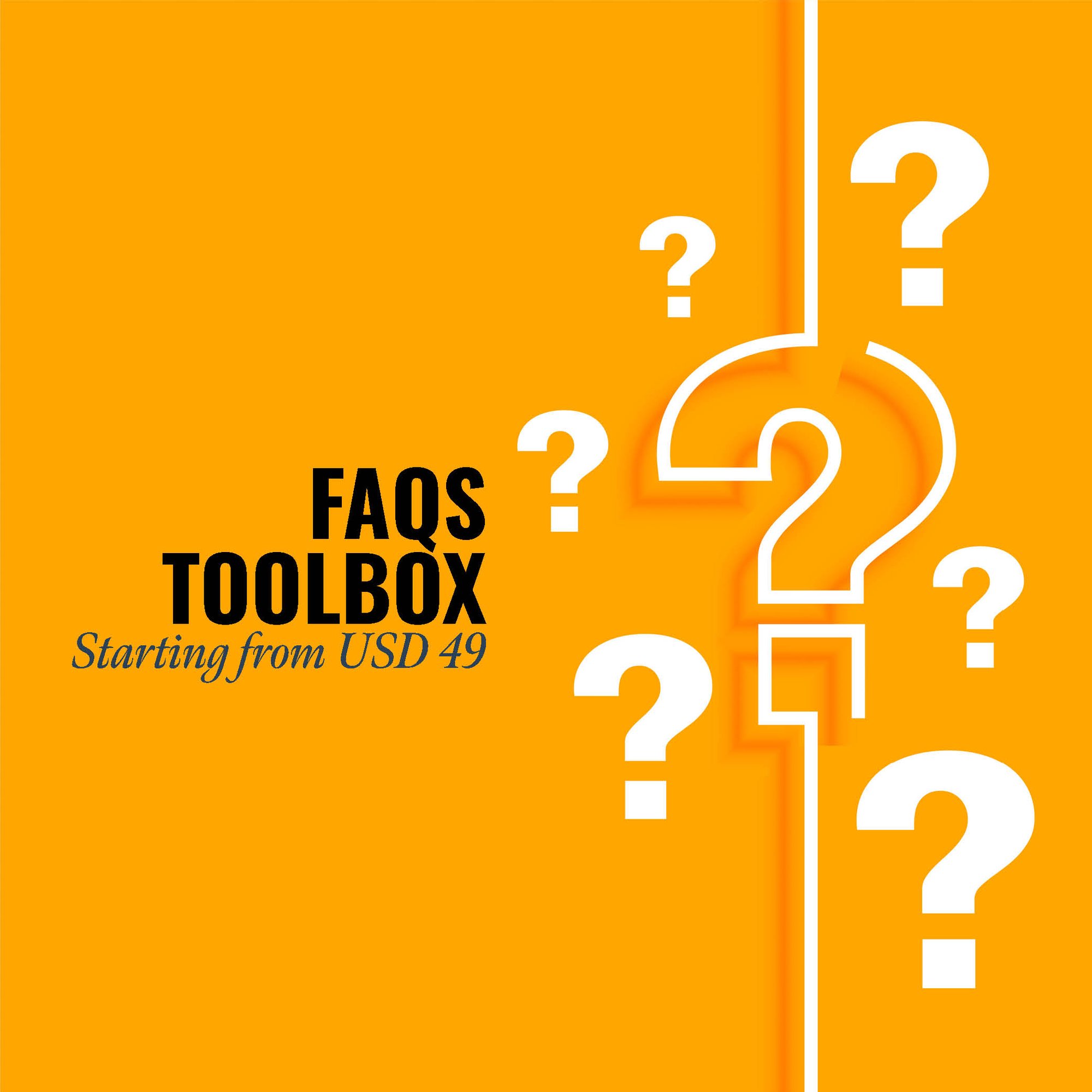The "SOP Manual for Motor Vehicle Steering and Suspension Components (except Spring) Manufacturing" holds significant value in ensuring the efficiency, quality, and safety of manufacturing processes within this sector. This manual establishes standardized procedures for various critical aspects, including production, quality control, and equipment maintenance. By providing clear guidelines, it promotes consistency in manufacturing, reducing errors and enhancing product quality.
The SOP manual serves as an invaluable training resource, facilitating the onboarding of new personnel and ensuring that employees adhere to industry best practices and safety protocols. This, in turn, contributes to a skilled and knowledgeable workforce capable of maintaining high standards in manufacturing.
Efficiency is heightened through streamlined processes, including production workflows and quality assurance checks. The manual aids in risk management by outlining safety measures and regulatory compliance protocols, reducing the likelihood of accidents and ensuring adherence to industry standards.
In summary, the SOP manual is instrumental in maintaining operational excellence, promoting workforce competency, and upholding safety standards in the manufacturing of motor vehicle steering and suspension components.
CLICK HERE to download the List of SOPs Document in PDF format. Please share this document with your clients, colleagues and senior officers.
Top 50 Standard Operating Procedures (SOPs) for Motor Vehicle Steering and Suspension Components (except Spring) Manufacturing
SOP-577-001: Standard Operating Procedure for Business Planning in Steering and Suspension Components Manufacturing
SOP-577-002: Standard Operating Procedure for Product Design and Development
SOP-577-003: Standard Operating Procedure for Raw Material Procurement
SOP-577-004: Standard Operating Procedure for Quality Control in Manufacturing
SOP-577-005: Standard Operating Procedure for Inventory Management in Manufacturing
SOP-577-006: Standard Operating Procedure for Production Scheduling
SOP-577-007: Standard Operating Procedure for Equipment Maintenance and Calibration
SOP-577-008: Standard Operating Procedure for Workplace Safety and Hazard Communication
SOP-577-009: Standard Operating Procedure for Environmental Sustainability Practices
SOP-577-010: Standard Operating Procedure for Waste Management in Manufacturing

SOP-577-011: Standard Operating Procedure for Manufacturing Process Validation
SOP-577-012: Standard Operating Procedure for Employee Training and Certification
SOP-577-013: Standard Operating Procedure for Customer Complaint Resolution
SOP-577-014: Standard Operating Procedure for Regulatory Compliance in Manufacturing
SOP-577-015: Standard Operating Procedure for Product Labeling and Packaging
SOP-577-016: Standard Operating Procedure for Supplier Quality Assurance
SOP-577-017: Standard Operating Procedure for Facility Security and Access Control
SOP-577-018: Standard Operating Procedure for Intellectual Property Protection
SOP-577-019: Standard Operating Procedure for Product Recall and Withdrawal
SOP-577-020: Standard Operating Procedure for Employee Health and Safety
SOP-577-021: Standard Operating Procedure for Conflict Resolution in Manufacturing
SOP-577-022: Standard Operating Procedure for Emergency Response and Evacuation
SOP-577-023: Standard Operating Procedure for Technology Adoption and Integration
SOP-577-024: Standard Operating Procedure for Employee Performance Evaluation
SOP-577-025: Standard Operating Procedure for Corporate Social Responsibility in Manufacturing
SOP-577-026: Standard Operating Procedure for Product Life Cycle Management
SOP-577-027: Standard Operating Procedure for Internal Audit and Compliance Checks
SOP-577-028: Standard Operating Procedure for Records Management in Manufacturing
SOP-577-029: Standard Operating Procedure for Cost Control and Expense Management
SOP-577-030: Standard Operating Procedure for Research and Development in Manufacturing

SOP-577-031: Standard Operating Procedure for Continuous Improvement Initiatives
SOP-577-032: Standard Operating Procedure for Communication Channels in Manufacturing
SOP-577-033: Standard Operating Procedure for Energy Efficiency in Manufacturing
SOP-577-034: Standard Operating Procedure for Crisis Management in Manufacturing
SOP-577-035: Standard Operating Procedure for Product Testing and Validation
SOP-577-036: Standard Operating Procedure for Intellectual Property Licensing
SOP-577-037: Standard Operating Procedure for Corporate Training and Development
SOP-577-038: Standard Operating Procedure for Packaging and Labeling Compliance
SOP-577-039: Standard Operating Procedure for Conflict of Interest Management
SOP-577-040: Standard Operating Procedure for Innovation Management in Manufacturing
SOP-577-042: Standard Operating Procedure for Employee Onboarding in Manufacturing
SOP-577-043: Standard Operating Procedure for Supplier Relationship Management
SOP-577-044: Standard Operating Procedure for Material Handling in Manufacturing
SOP-577-045: Standard Operating Procedure for Crisis Communication in Manufacturing
SOP-577-046: Standard Operating Procedure for Product Documentation and Control
SOP-577-047: Standard Operating Procedure for Lean Manufacturing Practices
SOP-577-048: Standard Operating Procedure for Technology Transfer in Manufacturing
SOP-577-049: Standard Operating Procedure for Customer Satisfaction Measurement
SOP-577-050: Standard Operating Procedure for Manufacturing Facility Layout and Design
SOP ToolBox: If you are reading these lines, I am sure you are looking for Standard Operating Procedure guidelines or SOPs itself. In both the cases, searching in internet will not be yielding any great help. Because no company shares their SOP Development Process and certainly don’t share their SOP Documents. The best way to develop an SOP is creating one for yourself. At Fhyzics, we write SOPs day-in and day-out for companies across the globe including some of the Fortune 500 organisations. Our charge ranges from USD 5000 to USD 50000 depending upon the number of processes to be covered. Certainly, this is not affordable to small and mid-size organisations. Hence, we decided to create this SOP ToolBox to disseminate our 8-Step SOP Development Life-Cycle and best practices at an unbelievably low price.
I always say, writing an SOP is somewhere between art and science. So far you may be clueless on where to start and how to progress on an SOP? This will not be the case after you diligently go through this SOP ToolBox. We have summarised all our secrets here to get you started and to deliver a stunning SOP to your management.
-
Automotive truck, and bus steering assemblies and parts manufacturing
-
Automotive truck, and bus steering assembly and parts manufacturing
-
Automotive truck, and bus suspension assemblies and parts (except springs) manufacturing
-
Automotive truck, and bus suspension assembly and parts (except springs) manufacturing
-
Power steering hose assemblies manufacturing
-
Power steering hose assembly manufacturing
-
Power steering pumps manufacturing
-
Rack and pinion steering assemblies manufacturing
-
Rack and pinion steering assembly manufacturing
-
Shock absorbers, automotive, truck, and bus, manufacturing
-
Steering boxes, manual and power assist, manufacturing
-
Steering columns, automotive, truck, and bus, manufacturing
-
Steering wheels, automotive, truck, and bus, manufacturing
-
Struts, automotive, truck, and bus, manufacturing
-
Wheels, steering, automotive, truck, and bus, manufacturing
1. Standard Operating Procedures (SOP) Manual for Accounts Department
2.Standard Operating Procedures (SOP) Manual for Finance Department
3. Standard Operating Procedures (SOP) Manual for Customer Service
4. Standard Operating Procedures (SOP) Manual for CRM Department
5. Standard Operating Procedures (SOP) Manual for Credit Department
6.Standard Operating Procedures (SOP)Manual for Treasury Department
7.Standard Operating Procedures (SOP) Manual for Human Resources (HR) Department
8. Standard Operating Procedures (SOP) Manual for Training Department
9. Standard Operating Procedures (SOP) Manual for Learning & Development Department
10. Standard Operating Procedures (SOP) Manual for Administration Department
11. Standard Operating Procedures (SOP) Manual for Front Office
12. Standard Operating Procedures (SOP) Manual for House Keeping
13. Standard Operating Procedures (SOP) Manual for Safety Department
14. Standard Operating Procedures (SOP) Manual for Security Department
15. Standard Operating Procedures (SOP) Manual for Facilities Management Department
16. Standard Operating Procedures (SOP) Manual for Vigilance Department
17. Standard Operating Procedures (SOP) Manual for Legal Department
18. Standard Operating Procedures (SOP) Manual for Information Technology (IT) Department
19. Standard Operating Procedures (SOP) Manual for Sales & Marketing Department
20. Standard Operating Procedures (SOP) Manual for Design & Engineering
21.Standard Operating Procedures (SOP) Manual for Procurement Department
22. Standard Operating Procedures (SOP) Manual for Production
23. Standard Operating Procedures (SOP) Manual for SRM Department
24.Standard Operating Procedures (SOP) Manual for Supply Chain Department
25. Standard Operating Procedures (SOP) Manual for Warehouse
26. Standard Operating Procedures (SOP) Manual for New Product Development Department
27. Standard Operating Procedures (SOP) Manual for Research and Development
28. Standard Operating Procedures (SOP) Manual for Quality Department
29. Standard Operating Procedures (SOP) Manual for Calibration Department
30. Standard Operating Procedures (SOP) Manual for Maintenance Department
The motor vehicle steering and suspension components market effectively consists of sales of motor vehicle steering and suspension components (except spring) and connected services which are utilized for keeping the wheels of the motor vehicle firmly unbroken with the ground. Additionally, the Motor vehicle steering components consist of a group of parts involving steering wheel, steering column, and shaft, tie rods, steering arms optimized to transmit the movement of the steering wheel to the wheels allowing the right and left movement of the wheel. The suspension components include tires, the air in the tires, shock absorbers, struts, arms, bars, linkages, bushings, and joints optimized to link the vehicle to its wheels to enable relative motion among the two. The suspension components of a motor vehicle deliver the supports to the vehicle, absorb bumps and several other shocks and enable the vehicle to turn in response to steering involvement from the drive.
The modern trend in the industry is the enhancement of the suspension system utilizing the new magnetic ride control (MRC or MagneRide) technology advanced by General Motors (GM). The magnetic damper technology enhances the performance of the suspension system and delivers a smooth driving observation. The technology utilizes a fluid infused with magnetized particles functioning as electronically-controlled shock absorbers, which rejoins to changing driving situations and speed in real-time making the shock absorbers acclimatize to the changing terrain. Such absorbers along with automobile sensors retort to the terrain every five milliseconds. Following the trend begun by General Motors, Beijing West Industries (BWI) Group established a new plant in Greenfield, Indiana, during 2019, from which the corporate will launch the fourth generation of Magne Ride suspension technology. The China-based, Beijing West Industries (BWI) Group is a merchant of brake and suspension systems.
- NSK Americas Inc
- Robert Bosch Auto Steering LLC
- ZF Chassis Components LLC
- KYB Americas Corporation
- NSK Steering Systems Amer Inc
- Ride Control LLC
- F&P America Mfg Inc
- Hutchens Industries Inc
- Thyssenkrupp Bilstein Amer Inc
- Yokohama Inds Americas Inc
- Poor Quality Manufacturing Leads to Failure and Product Recalls
- Lack of Visibility and High Fixed and Variable Costs Impacts Profitability for Automotive Manufacturers
- Investments in machinery, automation, and production lines
- High staff salaries due to technical skills and unionization
- Retirement and pension provisions for employees
- Research, development, and other forward-looking functions
- Utility costs to run machinery and maintain a healthy and safe working environment
- Commodities costs for buying steel, aluminum, rubber, fabrics, and other raw materials
- Third-party costs from automotive suppliers, manufacturers, and logistics providers
- Impact of External Factors Significantly Disrupts the Automotive Supply Chain
- Poor Visibility and Routing of Parts Results in Delays to Automobile Manufacturing
- Keeping Up With Technological Advances
- The Automotive Component Manufacturers Association of India (ACMA)
https://www.acma.in/
- International Organization of Motor Vehicle Manufacturers (OCIA)
http://www.oica.net/
Our SOP Templates’ clients are from the following States and Countries:
Alabama, Alaska, Arizona, Arkansas, California, Colorado, Connecticut, Delaware, Florida, Georgia, Hawaii, Idaho, Illinois, Indiana, Iowa, Kansas, Kentucky, Louisiana, Maine, Maryland, Massachusetts, Michigan, Minnesota, Mississippi, Missouri, Montana, Nebraska, Nevada, New Hampshire, New Jersey, New Mexico, New York, North Carolina, North Dakota, Ohio, Oklahoma, Oregon, Pennsylvania, Rhode Island, South Carolina, South Dakota, Tennessee, Texas, Utah, Vermont, Virginia, Washington, West Virginia, Wisconsin, Wyoming.
Afghanistan, Albania, Algeria, Andorra, Angola, Antigua and Barbuda, Argentina, Armenia, Australia, Austria, Azerbaijan, Bahamas, Bahrain, Bangladesh, Barbados, Belarus, Belgium, Belize, Benin, Bhutan, Bolivia, Bosnia and Herzegovina, Botswana, Brazil, Brunei Darussalam, Bulgaria, Burkina Faso, Burundi, Cabo Verde, Cambodia, Cameroon, Canada, Central African Republic, Chad, Chile, China, Colombia, Comoros, Congo (Republic of the), Costa Rica, Croatia, Cuba, Cyprus, Czech Republic (Czechia), Democratic People’s Republic of Korea (North Korea), Democratic Republic of the Congo, Denmark, Djibouti, Dominica, Dominican Republic, Ecuador, Egypt, El Salvador, Equatorial Guinea, Eritrea, Estonia, Eswatini, Ethiopia, Fiji, Finland, France, Gabon, Gambia, Georgia, Germany, Ghana, Greece, Grenada, Guatemala, Guinea, Guinea-Bissau, Guyana, Haiti, Honduras, Hungary, Iceland, India, Indonesia, Iran, Iraq, Ireland, Israel, Italy, Jamaica, Japan, Jordan, Kazakhstan,Kenya, Kiribati, Kuwait, Kyrgyzstan, Lao People’s Democratic Republic (Laos), Latvia, Lebanon, Lesotho, Liberia, Libya, Liechtenstein, Lithuania, Luxembourg, Madagascar, Malawi, Malaysia, Maldives, Mali, Malta, Marshall Islands, Mauritania, Mauritius, Mexico, Micronesia (Federated States of), Moldova, Monaco, Mongolia, Montenegro, Morocco, Mozambique, Myanmar (Burma), Namibia, Nauru, Nepal, Netherlands, New Zealand, Nicaragua, Niger, Nigeria, North Macedonia (formerly Macedonia), Norway, Oman, Pakistan, Palau, Panama, Papua New Guinea, Paraguay, Peru, Philippines, Poland, Portugal, Qatar, Republic of Korea (South Korea), Republic of the Congo, Romania, Russian Federation (Russia), Rwanda, Saint Kitts and Nevis, Saint Lucia, Saint Vincent and the Grenadines, Samoa, San Marino, Sao Tome and Principe, Saudi Arabia, Senegal, Serbia, Seychelles, Sierra Leone, Singapore, Slovakia, Slovenia, Solomon Islands, Somalia, South Africa, South Sudan, Spain, Sri Lanka, Sudan, Suriname, Sweden, Switzerland, Syrian Arab Republic (Syria), Tajikistan, Thailand, Timor-Leste, Togo, Tonga, Trinidad and Tobago, Tunisia, Turkey, Turkmenistan, Tuvalu, Uganda, Ukraine, United Arab Emirates, United Kingdom of Great Britain and Northern Ireland, United Republic of Tanzania, United States of America, Uruguay, Uzbekistan, Vanuatu, Venezuela, Viet Nam, Yemen, Zambia, Zimbabwe.
Fhyzics supports organisations in developing the following documentations:
Standard Operating Procedures (SOPs), Work Instructions, Policies and Procedures, Process Flow Diagrams, Job Descriptions, Training Manuals, Employee Handbooks, Compliance Guidelines, Quality Assurance Manuals, Health and Safety Procedures, Risk Management Plans, Business Continuity Plans, Internal Audit Procedures, Incident Reporting Forms, Performance Management Guidelines, Change Management Procedures, Vendor Management Guidelines, Customer Service Protocols, IT Security Policies, IT Support Documentation, Disaster Recovery Plans, Operational Checklists, Data Management Policies, Confidentiality Agreements, Non-Disclosure Agreements, Employee Onboarding Procedures, Employee Exit Procedures, Performance Appraisal Forms, Employee Code of Conduct, Conflict Resolution Procedures, Product Development SOPs, Supply Chain Management Guidelines, Procurement Guidelines, Inventory Management SOPs, Shipping and Receiving Procedures, Production Scheduling SOPs, Maintenance Procedures, Equipment Calibration Documents, Environmental Compliance Documentation, Sustainability Policies, Customer Feedback Forms, Marketing Strategies, Advertising Guidelines, Brand Management Guidelines, Product Packaging SOPs, Laboratory Testing Procedures, Regulatory Compliance Documentation, Tax and Accounting Procedures, Contract Management Procedures, Legal Compliance Guidelines, Financial Reporting Procedures, Budgeting Procedures, Internal Control Procedures, Fraud Prevention Policies, Asset Management Guidelines, Purchase Order Procedures, Sales and Distribution Guidelines, Client Contracts, Customer Return Policies, Internal Communication Protocols, Vendor Evaluation Forms, Product Safety Standards, Workplace Health and Safety Standards, Public Relations Procedures, Social Media Management Guidelines, Crisis Management Plans, Employee Grievance Procedures, Privacy and Data Protection Policies, Digital Transformation Guidelines, Innovation Management Procedures, Continuous Improvement Guidelines, Strategic Planning Documents, Corporate Social Responsibility (CSR) Guidelines, Audit Trails and Records, Employee Training and Development Records, Succession Planning Documents, Talent Acquisition Procedures, Team Collaboration Protocols, Employee Benefit Plans, Workplace Diversity Guidelines, Time and Attendance Tracking, Payroll Procedures, Employee Leave Policies, Conflict of Interest Policy, Emergency Response Procedures, Environmental Impact Assessment Procedures, Transportation and Logistics Procedures, Inventory Control Forms, Warehouse Management Guidelines, Product Lifecycle Management SOPs, Customer Satisfaction Surveys, Third-Party Risk Assessment Guidelines, Technology Adoption Policies, Software Licensing Guidelines, Security Incident Response Procedures, Supply Chain Risk Management Policies, Product Recall Procedures, Food Safety Guidelines, Employee Wellness Programs, Workplace Ergonomics Guidelines.





.jpg?width=645&height=337&name=Standard%20Operating%20Procedure%20-%20SOP%20ToolBox%20(1).jpg)











